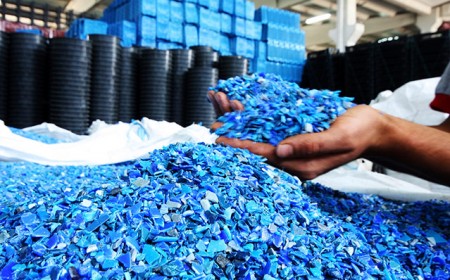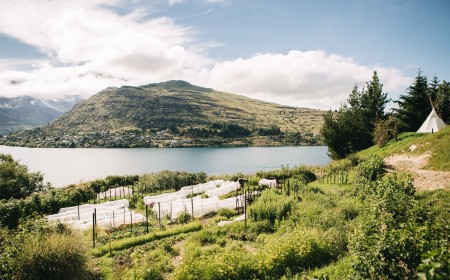Carbon neutral
offset your emissions
Reduction of carbon emissions is critical but for most tourism businesses it won’t be possible to reduce all your emissions. There is where offsetting comes in. Purchasing carbon credits allows you to create a ‘net zero’ carbon balance by supporting projects that store, avoid or reduce carbon in the atmosphere. You can offset your carbon emissions by contributing to carbon offset programmes either in your community or through providers such as Toitū Envirocare or Ekos.
Helpful Resources
Mitigating your carbon footprint
Information from Toitū Envirocare on mitigating your carbon footprint by offsetting your emissions.
What happens when I offset my emissions?
The Ekos website has lots of useful information on carbon offsetting. Check out their FAQs on carbon footprints and all about carbon credits
How to develop a carbon offset programme
Adventure Travel News outlines steps to take to implement a carbon offset program in your business.
FAQs about Carbon Offsetting
- What is Carbon Offsetting?
Carbon offsetting is when a business volunteers to take responsibility for the carbon pollution it has released into the atmosphere using a specialised company such as Ekos or Toitū. It's not a perfect system, but doing something is better than doing nothing.
-
So, what does it mean to be a “zero carbon” business? I am pretty sure I just saw an operator driving a fuel-powered boat!
Being “zero carbon” does not mean a business produces “zero” emissions. The “zero” refers to the net balance of emissions that is left over once an organisation has accounted for both its emissions and its offsets.
- Zero Carbon/Carbon Zero/Carbon Neutral all describe the same thing of a neutral balance of emissions and offsets
- Climate Positive/Carbon Positive/Carbon Negative all describe the positive carbon-balance that is left on the planet when an organisation pays to offset MORE carbon than they have emitted.
- How do offsets work?
When a business offsets on the voluntary market, it is choosing to finance the removal and avoidance of an equal volume of carbon emissions from the atmosphere. The principal of ‘additionality’ means the carbon sequestration would not have happened if they didn’t pay for it to happen. Businesses are linked to restorative carbon forest projects. In this case carbon is sequestered in the biomass of tree trunks where it can be measured and issued as a one tonne credit. The credits are registered, and when a customer offsets these credits are permanently retired (so no one can ever claim them again/no double-counting occurs).
- Is this cheating or "greenwashing"?
Organisations measure their emissions, reduce what they can, offset what they can’t – then repeat. The idea is that every year, a business is working to reduce its emissions, but acknowledging that some emissions may be temporarily impossible to eliminate. That is where offsetting kicks in - to help businesses reduce the climate impact they are having, while also investing in forests that produce a range of other environmental co-benefits that we need and value.
- I have planted lots of trees in my garden, does that mean I am now zero carbon?
No, only certified carbon credits can be used to make Carbon Neutral/Zero Carbon claims. There is strict standardisation in the voluntary carbon offset market. This includes standards associated with carbon footprint measurement (how business emissions are calculated) and standards associated with how we measure carbon benefits to the atmosphere delivered by carbon projects. These standards are designed to ensure the integrity of any claim that is made by a business, and to protect the carbon market system from false accounting.
- But trees die. What happens to the carbon then?
Yes they do. That’s why carbon forest projects are created with forests not trees. Forests are complex living systems, that naturally regenerate themselves – if a granddaddy tree falls down, a young tree will naturally grow up in its place. Healthy, thriving forests can go on living and providing carbon reservoir services for 100s if not 1000’s of years.
Back to How to achieve Commitment 11
Back to Achieving the 12 Commitments



